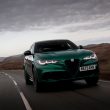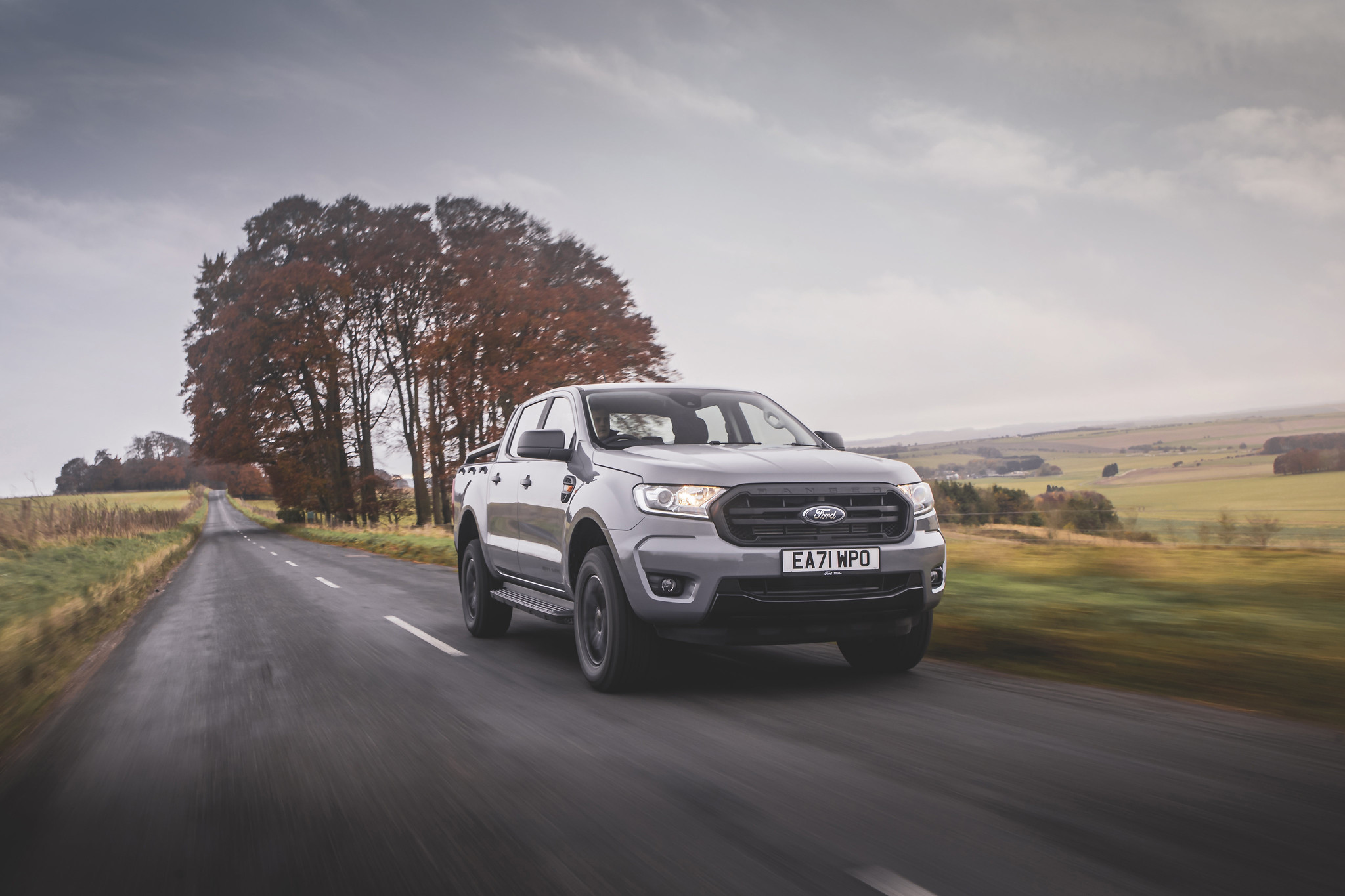Volkswagen has thrown all of its latest tech at the ID.7, but has it paid off? Jack Evans finds out.
Volkswagen isn’t wasting any time in its move towards an electric future through its wide range of battery-powered ID-badged vehicles while this car – the ID.7 – arrives as its all-singing, all-dancing flagship. Incorporating all of Volkswagen’s latest technology while taking into account some criticism applied to other ID vehicles, the ID.7 has cars like the Tesla Model 3 firmly in its sights, both in terms of in-car features and electric range, too.
But Volkswagen’s ID range has been a little mish-mashed lately, with some features not entirely striking a chord with buyers. Can the ID.7 address these while delivering some cool new systems that can combat Tesla’s most popular model? We’ve been finding out.

The ID.7 sits on the same MEB platform that you’ll find underpinning cars like the ID.3 and ID.5 – as well as other Volkswagen Group products like the Skoda Enyaq iV – but it’s the first to get a new generation of more efficient electric motors which should, in theory, help the ID.7 to travel further between trips to the plug.
As you can probably see from the images, the ID.7 has also been designed to be as slippery as possible. Plus, with a long wheelbase and plenty of space between each axle, it’s also here to provide loads of interior space with a good degree of legroom – two features which are key to success in the Chinese segment, which this car will launch in first of all alongside Europe.
The ID.7 uses an electric drive setup which is recognisable across the Volkswagen Group range of EVs, but in this application, it has been made even more efficient. You’re getting 282bhp from a single electric motor, while a heady 545Nm of torque contributes to a 0-60mph time of 6.3 seconds. All in, the ID.7 will do 112mph.

A 77kWh battery allows for a range of up to 384 miles, too, but if you’re after more miles between top-ups then it’s worth hanging on for a bigger-battery version due in 2024 which will return up to 430 miles. However, this ‘regular’ ID.7’s maximum charging rate of 175kW means that a 10 to 80 per cent charge could be conducted in as little as 28 minutes. Volkswagen claims that when charging at this maximum speed, 127 miles of range could be added in 10 minutes too.
The ID.7 has some of those classic saloon car traits that you’d be after regardless of the powertrain. It’s quiet – both at low and high speeds – while when you’re on the motorway the ride quality is great, only turning sharp when you’re moving around town where potholes do tend to upset it slightly. The steering has some decent weight to it, too, and there’s more than enough performance on offer regardless of the situation. It’s the refinement which really shines through, however, and the whole car feels very well executed from behind the wheel.

Our car came with Dynamic Chassis Control, which allows you to soften or firm up the ride as you see fit. In its firmest setting, however, it’s really quite uncomfortable and causes the ID.7 to suffer from some strange nose-to-tail bobbing – remember the ‘porpoising’ issue which plagued F1 after new regulations were imposed? It’s quite a lot like that. Fortunately, it’s best in its softest mode – which is where we spent most of the time driving it. For such a raked-back design, visibility is good too while despite its rather long footprint the ID.7 doesn’t feel tricky or cumbersome to pilot around town or narrower streets.
The ID.7 has more than a hint of some of the latest Chinese EV arrivals to it, with the long, sweeping roofline being core to this car’s design. It hasn’t got too many tell-tale features and isn’t instantly recognisable as a Volkswagen, in truth, with the rear of the car having a little hint of the latest Peugeots to it, in our eyes. Remove the VW badges and would you be able to tell it’s a Volkswagen? We’re not sure.
There are some cool features which are a common thread through Volkswagen’s latest cars such as the light bar at the front and rear, but we would’ve liked to have seen the German brand go a little wilder with the styling of the ID.7. It’s all down to personal preference, of course.

It’s all about space and comfort inside the ID.7. With that long wheelbase, it’s got acres of room for both front and rear passengers, with those in the back treated to a completely flat floor which means there’s no squeezing in if you’re sitting three abreast back there. The material quality is good, too, with Volkswagen’s Vegan-friendly treatment being another word for a cabin trimmed entirely in plastic. But comfort is tip-top, with optional ergoActive seats providing plenty of support as well as clever electric activations that can help reduce the aches and strains you might get during a long journey.
Our car came with a full panoramic sunroof which did encroach on headroom slightly at the rear, so taller passengers may find their heads brushing the roof. The boot space is impressive, too, and at 532 litres has that classic saloon-car depth to it. Plus, there’s a separate under-boot-floor space for the charging cables, so they don’t need to impede on the boot’s overall spaciousness.
It feels like a case of one step forward, two steps back with the ID.7. The touch-sensitive sliders – which for some reason were never lit up on existing ID models and were therefore impossible to use at night – have now been illuminated, so they’re far more intuitive to use than before. However, key controls – such as those for ventilation and even directing airflow – have now been centralised in the main screen. At one point we were driving with a car misting up and it was a real nightmare to solve the issue since the solution lay within different menus on the screens. On the move, it’s just not as easy as a dedicated button.

But on the flip side, the screen and system itself are some of the best that Volkswagen has produced to date. Sharp and responsive, it’s got loads of great features and is a far cry from the infotainment we’ve seen on other ID models. Volkswagen has included a ‘bar’ of quick-access icons but, again, it would just be nice to have a few ‘proper’ buttons instead.
There are plenty of positives to draw from the ID.7. It’s comfortable, superbly refined and hasn’t been designed to be overly sporty – key attributes you’d want from any long-distance saloon. It’s also got plenty of range, with the larger-battery version making things even better in this regard when it arrives next year. Spaciousness is also great, with the ID.7’s roomy rear seat area and large boot ensuring it ticks to the boxes practicality-wise and trumps many key rivals, too. The level of polish here exceeds what we’ve seen from other ID models as well.
It’s just a shame that aspects of this car aren’t intuitive, however. The screen is so close to being perfect – it’s responsive and great to look at. But loading every aspect of the in-car controls into it feels like a step too far and even a handful of quick-access physical buttons could completely change the experience.











